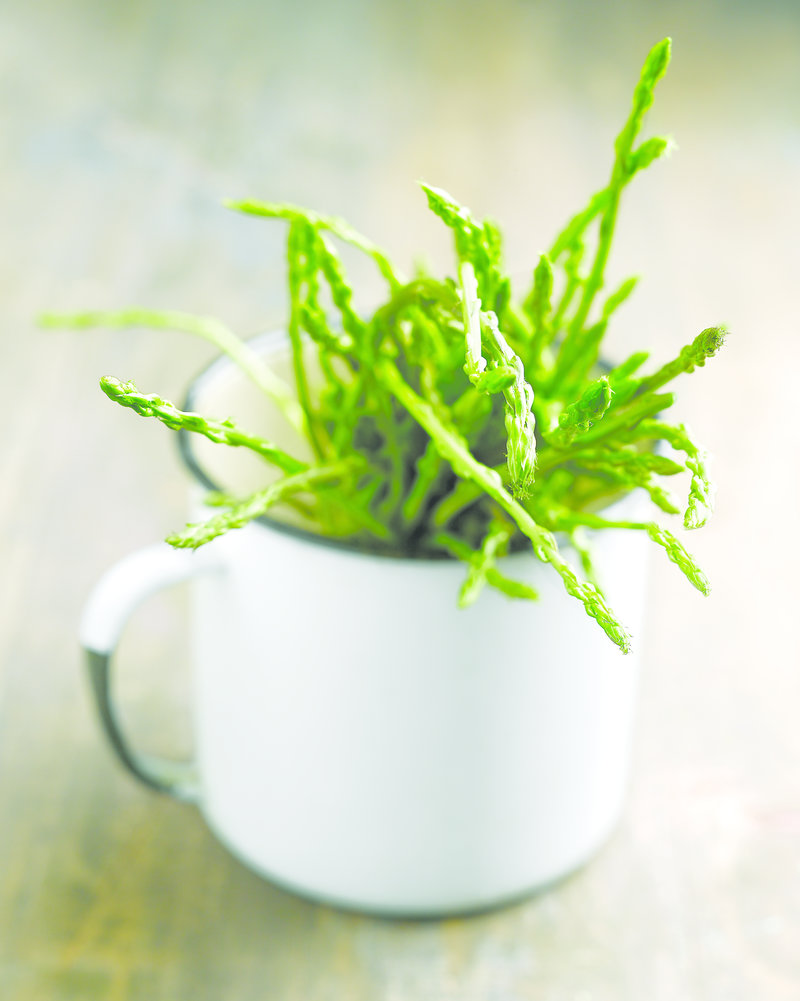food basket. CUINA magazine
An ancient luxury
Asparagus remains a highly-prized product
As with so many Mediterranean products, asparagus is of eastern origin, and some say from as far away as the Russian steppe. What is true is that the ancient Egyptians used the tasty green shoots in ritual offerings. We also know that Julius Caesar was a fan and that he liked it boiled and topped with butter.
However, along with other agricultural products in the ancient world, the barbarian arrival meant that the local population left off growing asparagus, though they no doubt continued to gather the wild variety, as people still do today.
We have the Arab conquerors of the Peninsula to thank for returning asparagus Europe. However, it was the Renaissance Italians who developed asparagus, planting it widely and improving its harvesting techniques. After that, the vegetable became popular and France's Louis XIV made asparagus fashionable among the upper classes.
In fact, asparagus has always been pricey. In the Paris markets in the 19th century, only fine green beans were more expensive. The 18th century French politician and gastronome, Brillat Savarin, was shocked to see asparagus going for 40 francs a bundle when a working man earned only 2.50 francs a day.
Asparagus continues to be a luxury product. This is partly due to the care the shoots require for their harvesting and the fact that they need to be consumed soon after. In the kitchen, too, asparagus needs careful handling, which is why the common cooking method is boiling, albeit for the shortest time possible without leaving them raw.

